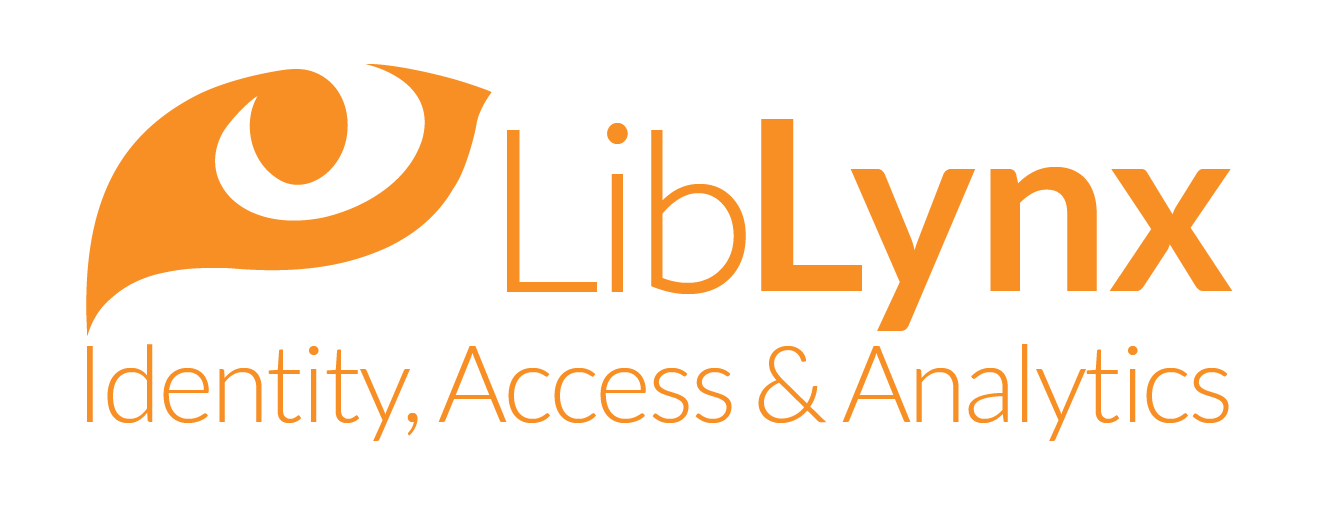Most, if not all, of us have experienced the frustration of forgotten credentials at one point or another. Time spent on forgotten credentials is a drain on productivity, and research suggests that many users simply give up after a while.
For example, healthcare organizations spend large sums on electronic resources to ensure that their clinicians and researchers have access to the most current medical literature and best available evidence. When these resources are underused, the impact on user productivity and decision making can have a negative effect on patient care and outcomes.
The solution is to enable staff to access library resources using their existing network credentials (typically their work email and password).
This delivers significant benefits.
1) Drive usage by lowering barriers to access
The most obvious benefit is to encourage usage of library resources. I often hear from librarians that having multiple layers of access, or having to remember unique credentials for each resource, is a deterrent to use. It’s the same reason so many of us now use Facebook and Google to login to a wide range of 3rd party tools in our personal lives.
The easier it is for your users to access library resources, the more likely they are to use them.
“Improving accessibility to our resources puts the library right in the center of the organization’s quality initiatives” (Library Director, Tri County MLA Conference)
2) Increase library control
Integration with your local directory or organizational Single Sign-On (SSO) doesn’t mean you lose control. Rather it increases your control. LibLynx Gateway gives you the ability to decide who has access to what at all times. For example, you can:
- Organize users into user groups and allocate resource access at the individual or group level. User groups can be based on a wide range of variables, including role, department, and location. For example, you may support a number of hospitals that don’t subscribe to the same resources.
- Enable temporary or permanent access for users not included in your organization’s local directory such as visitors, interns or contractors.
“So, then we can use this to restrict access to specific resources for just our student nurses!” (Nursing School Administrator)
3) Reduce library admin
Another downside to maintaining standalone credentials is the administrative burden on having library staff maintain access rights as users join and leave your organization. The library is often the last to know about new users, which can leave them without access to resources for weeks (or even months). Similarly, users who have left your organization shouldn’t continue to have access in violation of subscription agreements.
Library administration is reduced when patron access is automatically updated through synchronization with your organization’s network directory.
“Why am I interested in LibLynx Gateway? Because we just received an invoice for extra users, most of whom have long since left our hospital” (Library Manager, UNYOC MLA Conference)
4) Cost Management
Many libraries incur excessive licensing fees by purchasing a site license because they lack the ability to limit control to a smaller group of users. Managing access down to the department or individual level enables you to purchase resources for just the users that need them, generating savings that are better spent on purchasing additional resources.
I was surprised to learn during our recent focus groups that many librarians are manually calculating cost per access for each resource. You can make more effective renewal decisions with reports that show exactly who is using what, including average cost per access, and spend that time helping users with searches instead.
“I only need VisualDx for Dermatology and I can’t afford to purchase a site license” (Library Director, MHSLA Conference)
5) Increase Password Security
Password sharing is often the result of login fatigue and convenience, as forgotten passwords cause frustration and disrupt workflow productivity. Studies show that users are less likely to share network credentials because of the security implications (which may include disciplinary action).
“So, every three months when our users are required to update their network credentials LibLynx Gateway will be automatically updated?” (Emerging Technologies Librarian)
Please contact us to learn more about how LibLynx Gateway can drive more usage of your library resources, and give you greater control over your costs.
Image Credit
Image adapted from Red threads and hanging keys 4 by Cory Doctorow (used and adapted under cc-by-sa-2.0 license)


